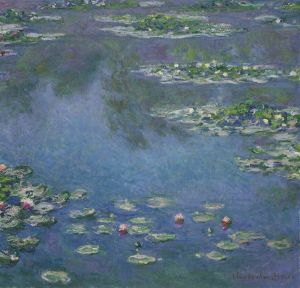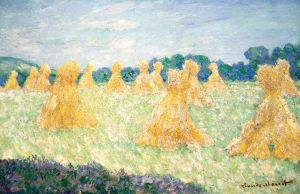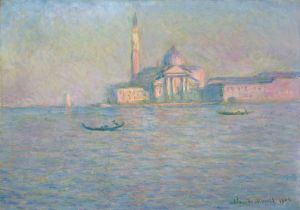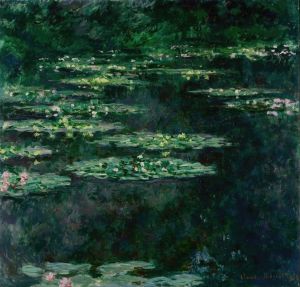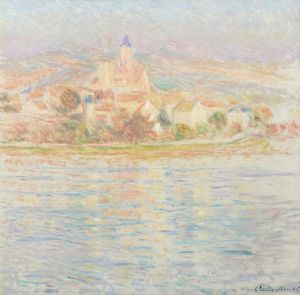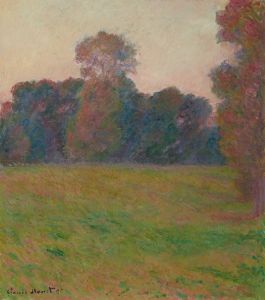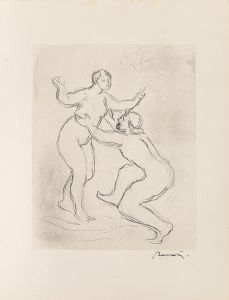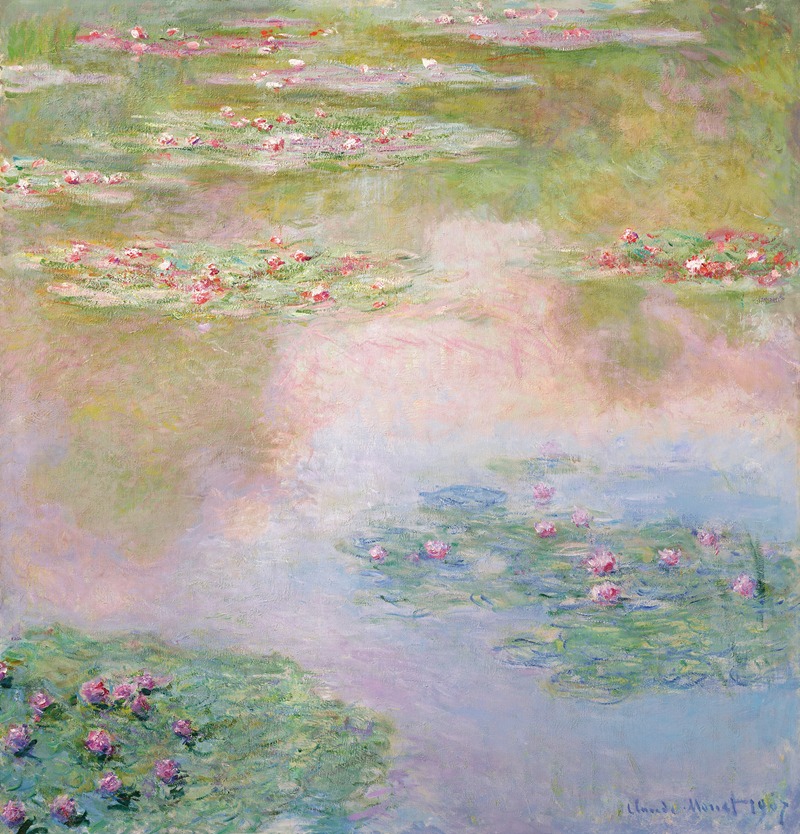
Nymphéas
A hand-painted replica of Claude Monet’s masterpiece Nymphéas, meticulously crafted by professional artists to capture the true essence of the original. Each piece is created with museum-quality canvas and rare mineral pigments, carefully painted by experienced artists with delicate brushstrokes and rich, layered colors to perfectly recreate the texture of the original artwork. Unlike machine-printed reproductions, this hand-painted version brings the painting to life, infused with the artist’s emotions and skill in every stroke. Whether for personal collection or home decoration, it instantly elevates the artistic atmosphere of any space.
Claude Monet's "Nymphéas," commonly known as the "Water Lilies," is a series of approximately 250 oil paintings that the French Impressionist artist created during the last three decades of his life. These works depict Monet's flower garden at his home in Giverny, France, and are celebrated for their innovative approach to light, color, and composition. The series is considered one of the most iconic achievements of Impressionism and a cornerstone of modern art.
Monet began painting the "Water Lilies" series in the late 1890s and continued to work on them until his death in 1926. The paintings are inspired by the water garden he designed and cultivated at Giverny, which featured a pond filled with water lilies, a Japanese bridge, and surrounding vegetation. Monet's garden was not only a source of artistic inspiration but also a carefully constructed environment that reflected his deep interest in horticulture and Japanese aesthetics.
The "Water Lilies" paintings are characterized by their focus on the surface of the water, capturing the interplay of light, reflections, and the natural forms of the lilies. Monet often eliminated the horizon line and other traditional compositional elements, creating an immersive and almost abstract effect. This approach was groundbreaking at the time and influenced later movements such as Abstract Expressionism.
The series includes works of varying sizes, with some of the most famous examples being monumental panels designed to envelop the viewer. These large-scale works were conceived as a unified decorative ensemble and are now housed in the Musée de l'Orangerie in Paris. Monet donated these panels to the French state in 1922, and they were installed in specially designed oval rooms at the museum, where they remain on permanent display.
Monet's "Water Lilies" series reflects his evolving artistic vision and his preoccupation with capturing the ephemeral qualities of nature. The paintings are celebrated for their ability to evoke a sense of tranquility and timelessness, as well as their technical mastery. Today, individual works from the series are held in major museums and private collections around the world, continuing to inspire and captivate audiences.





